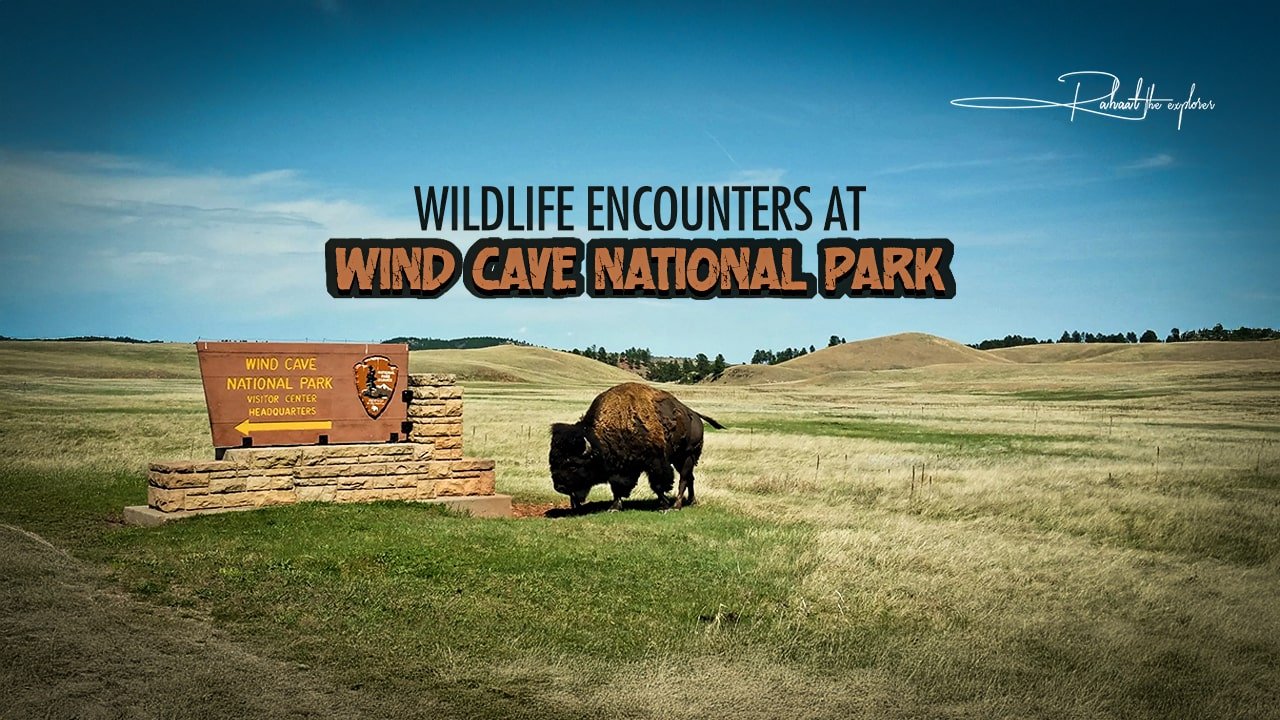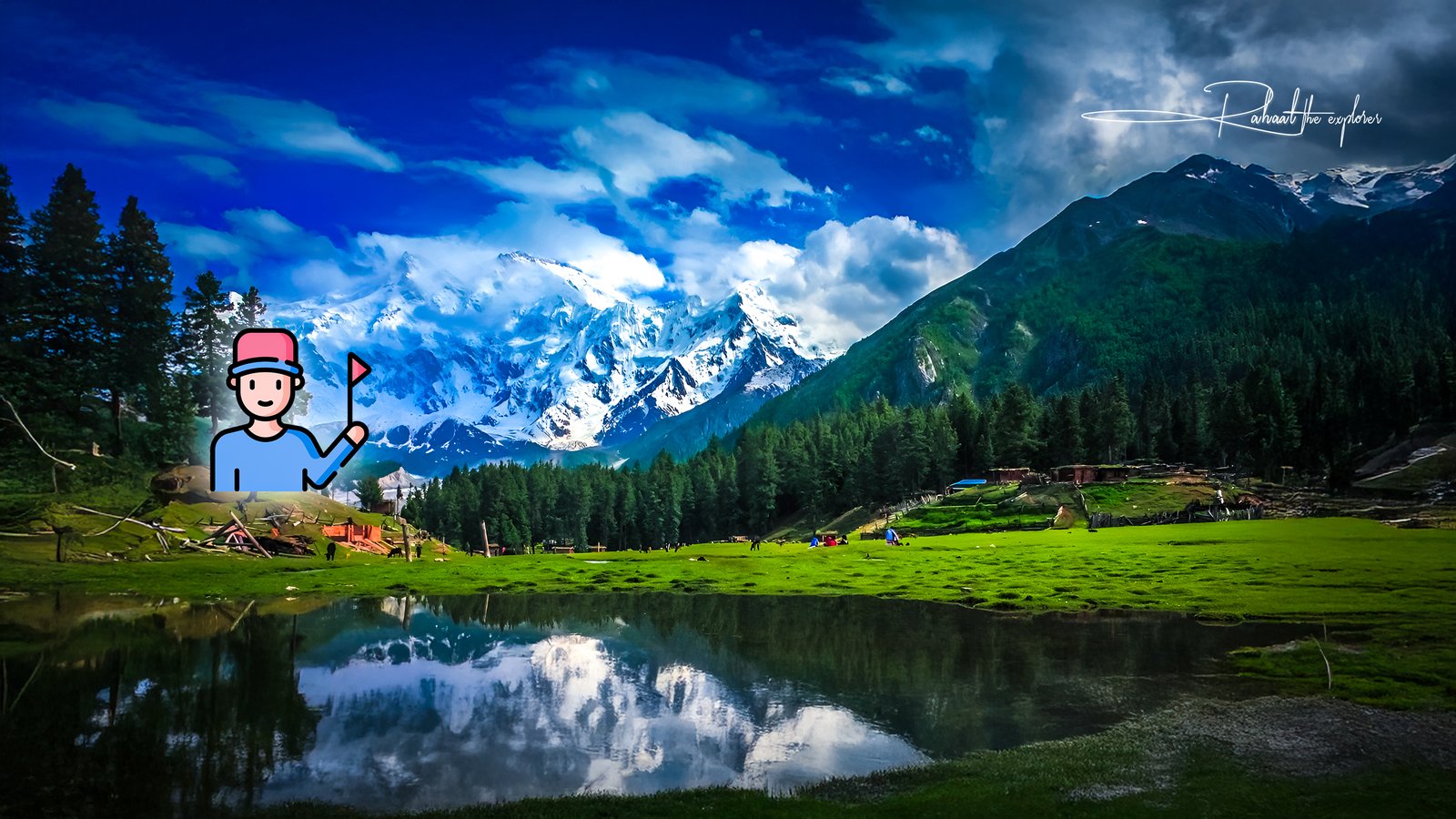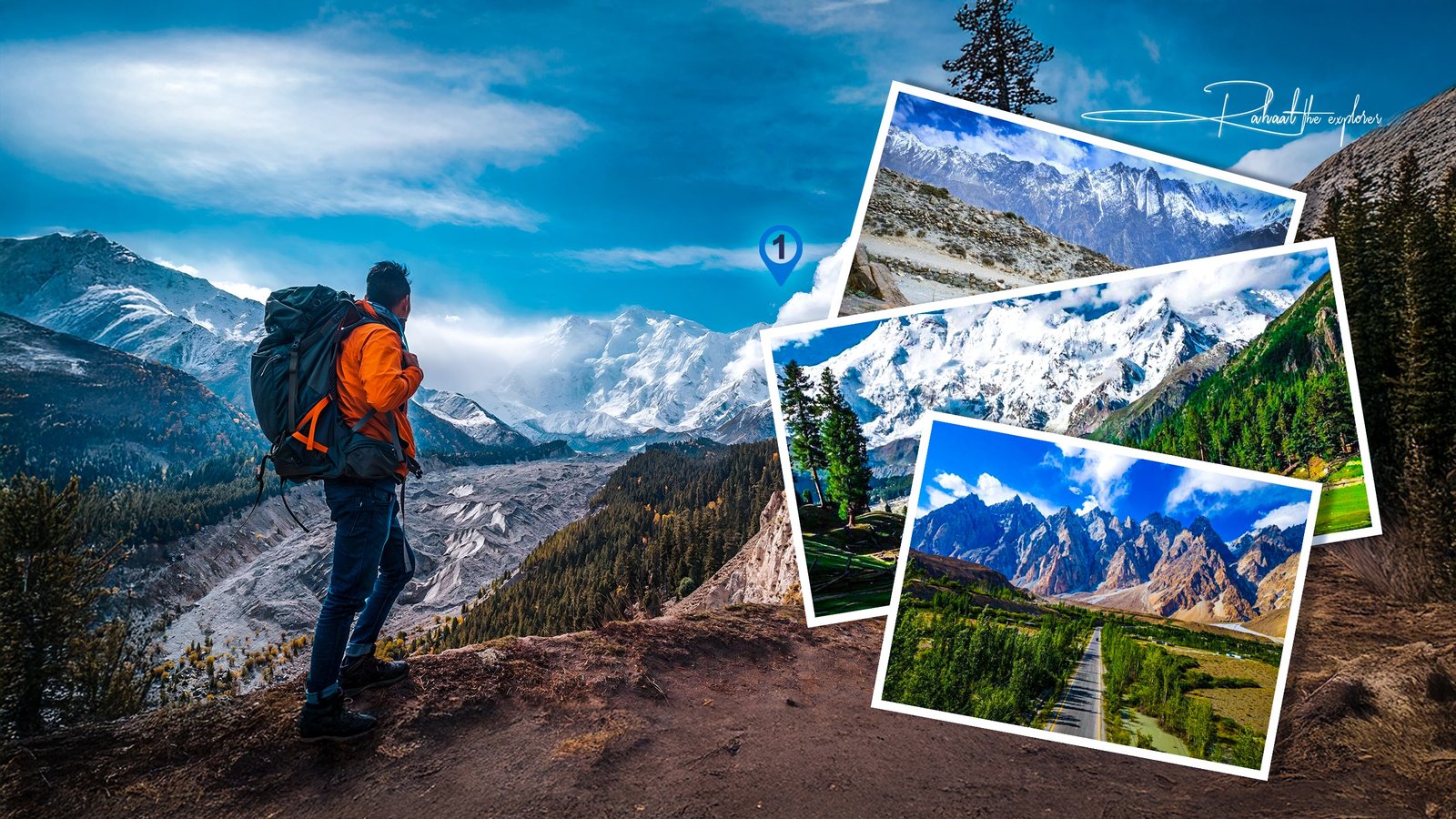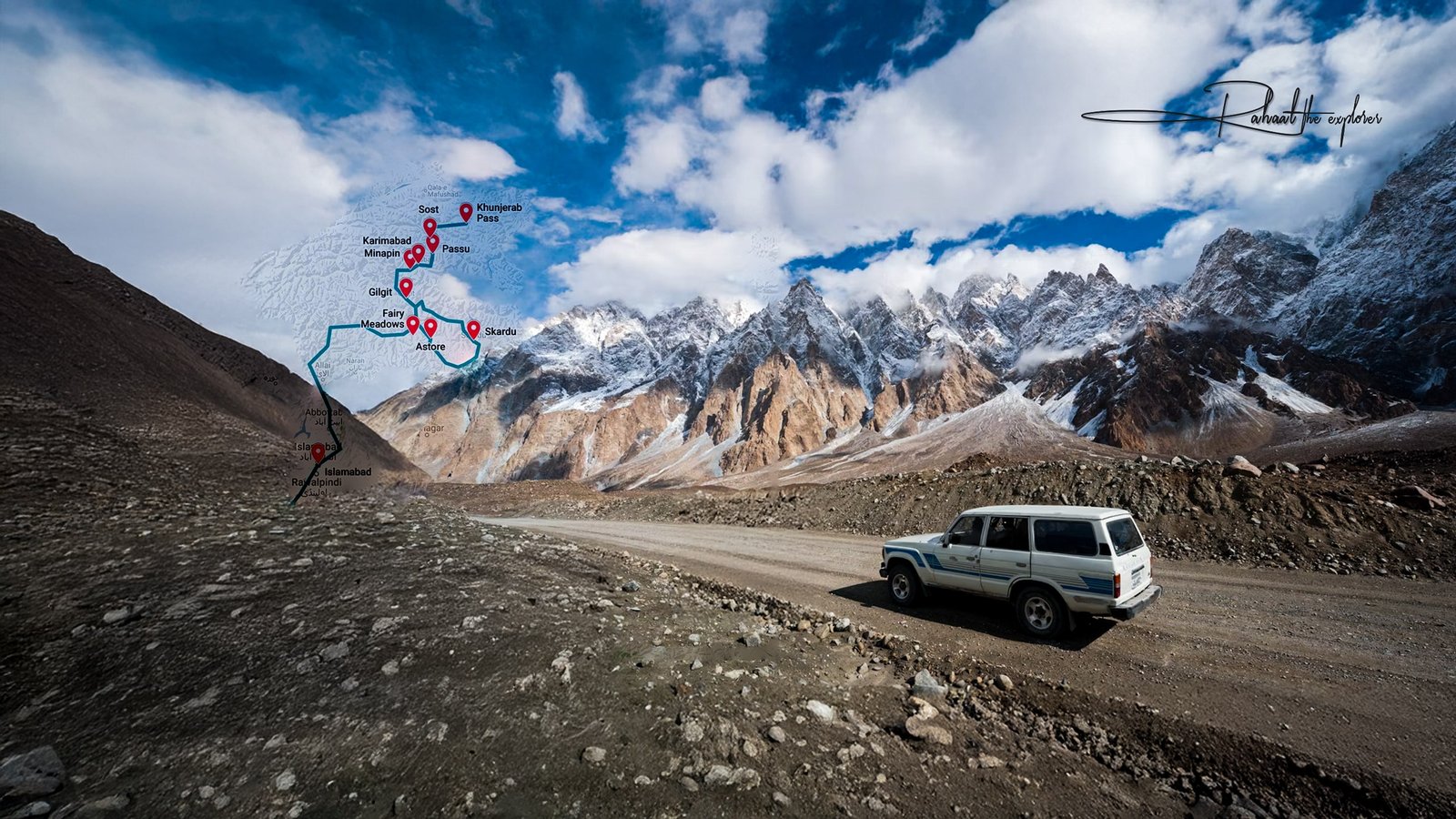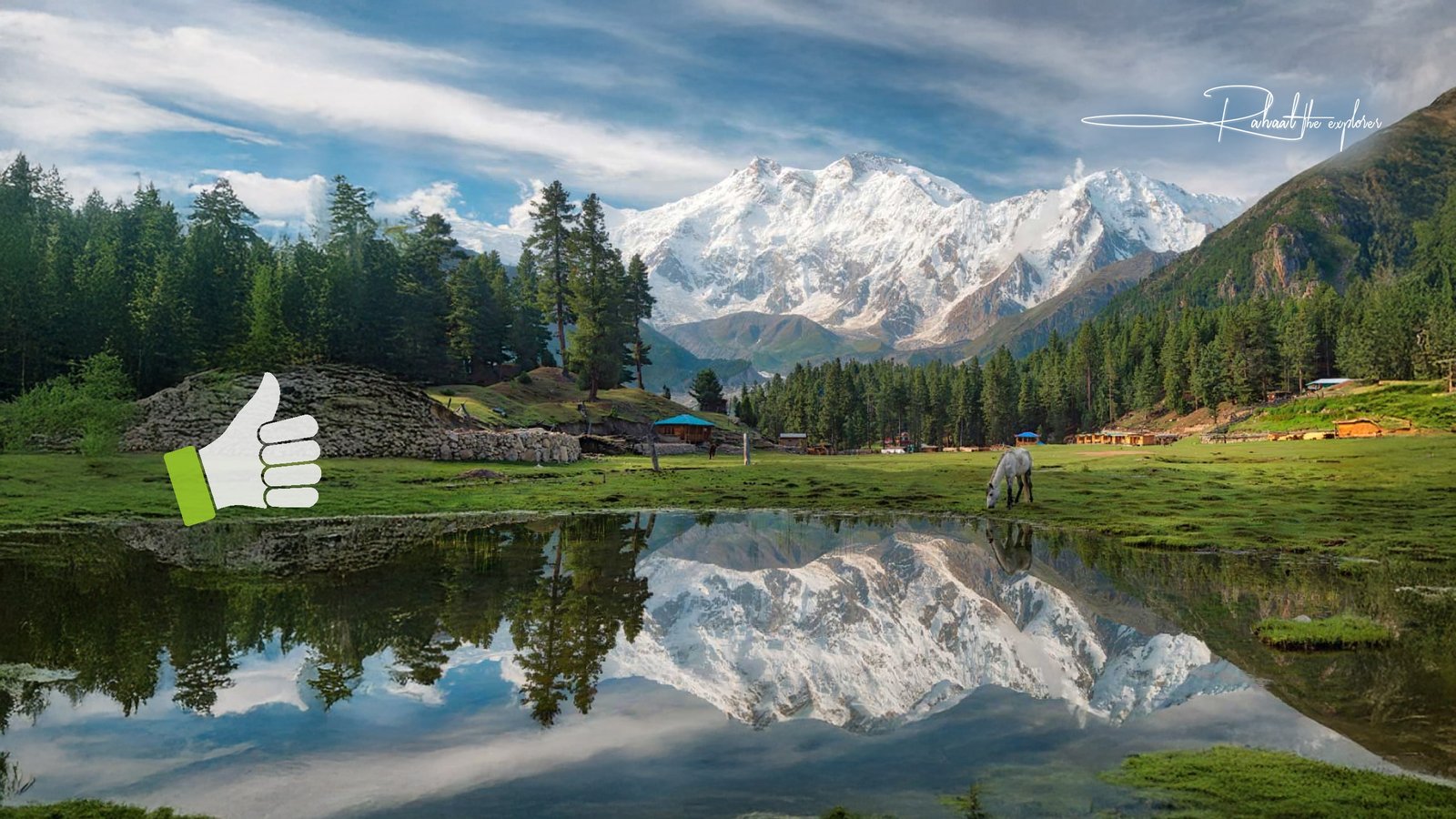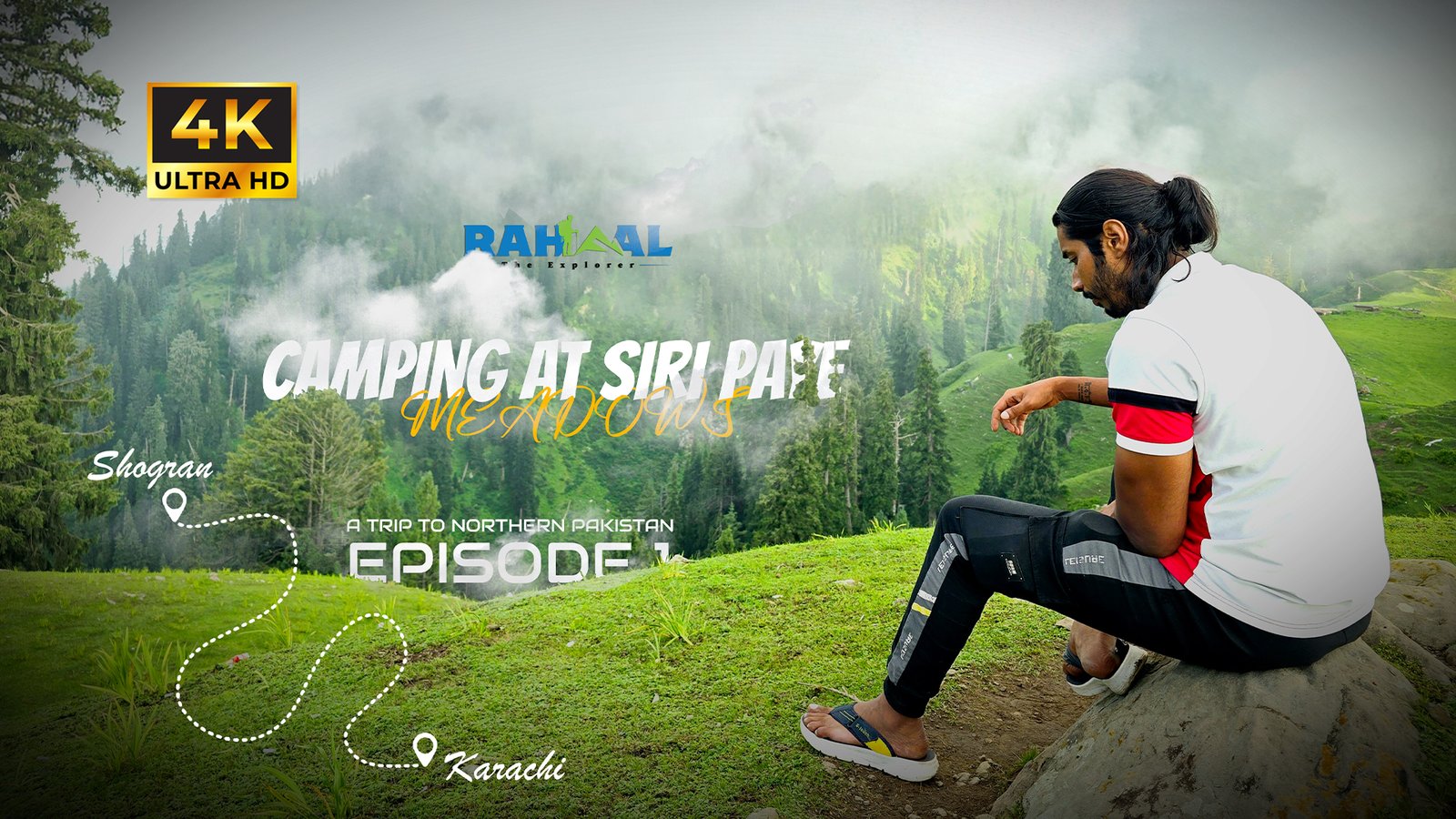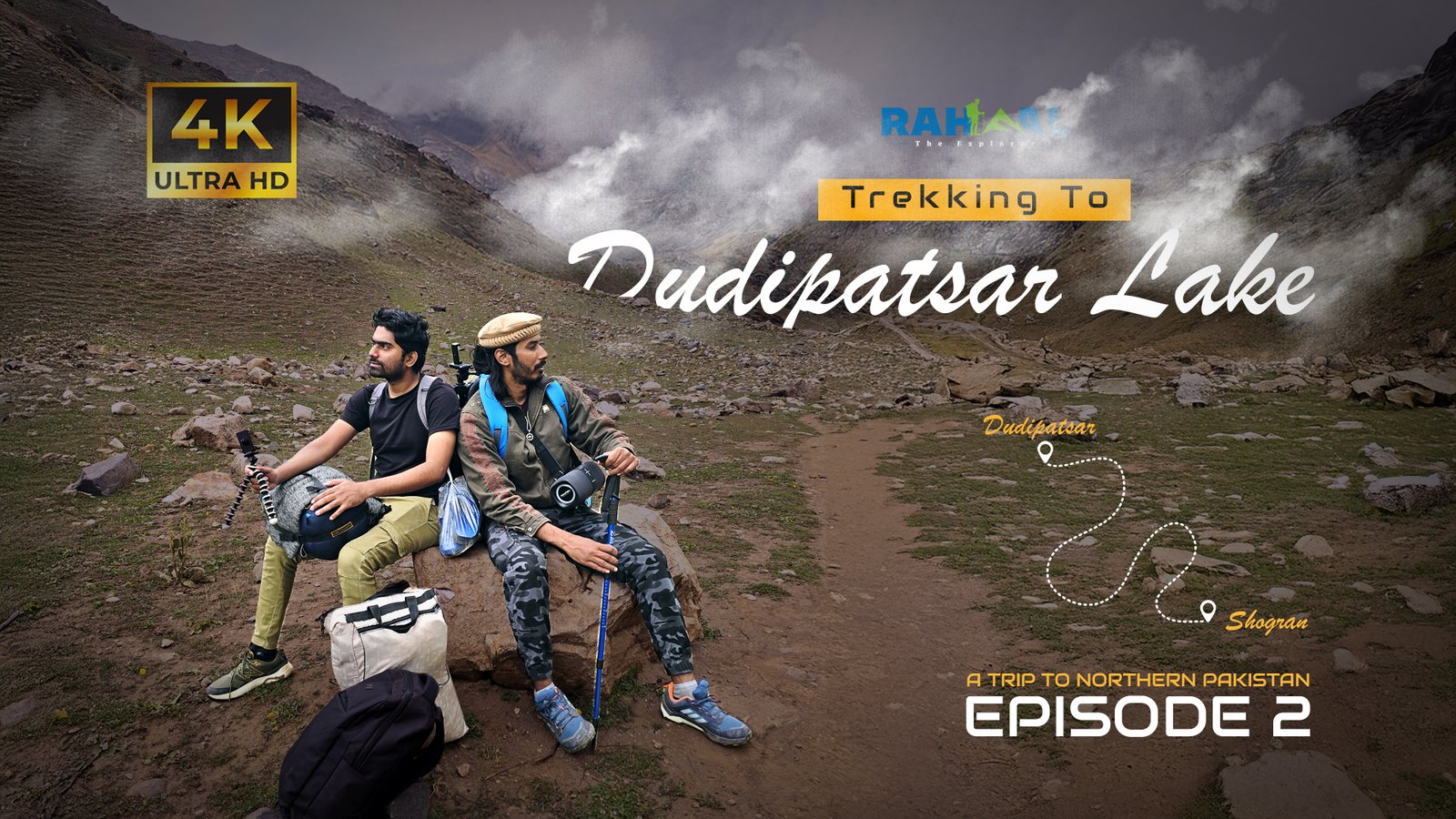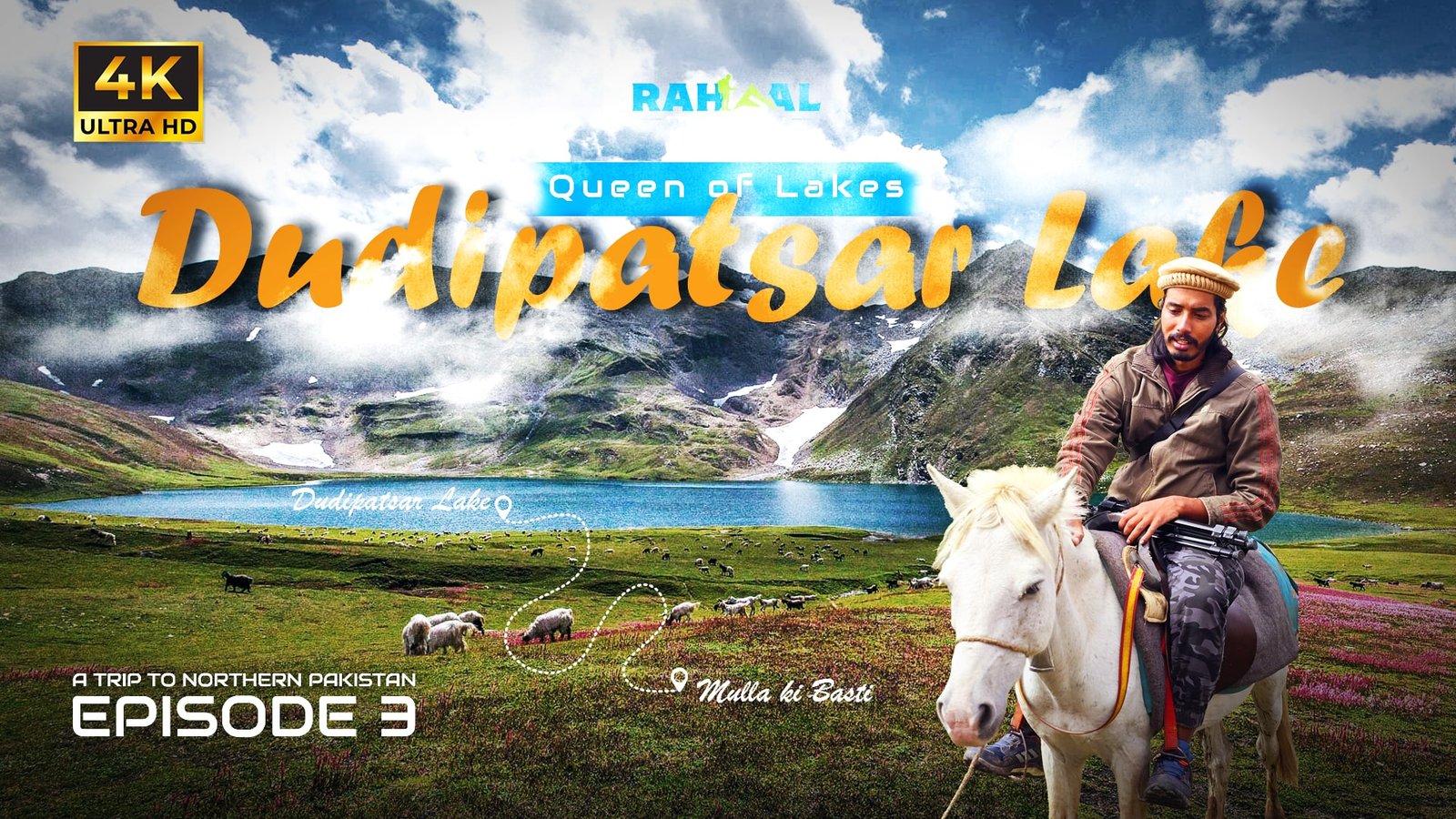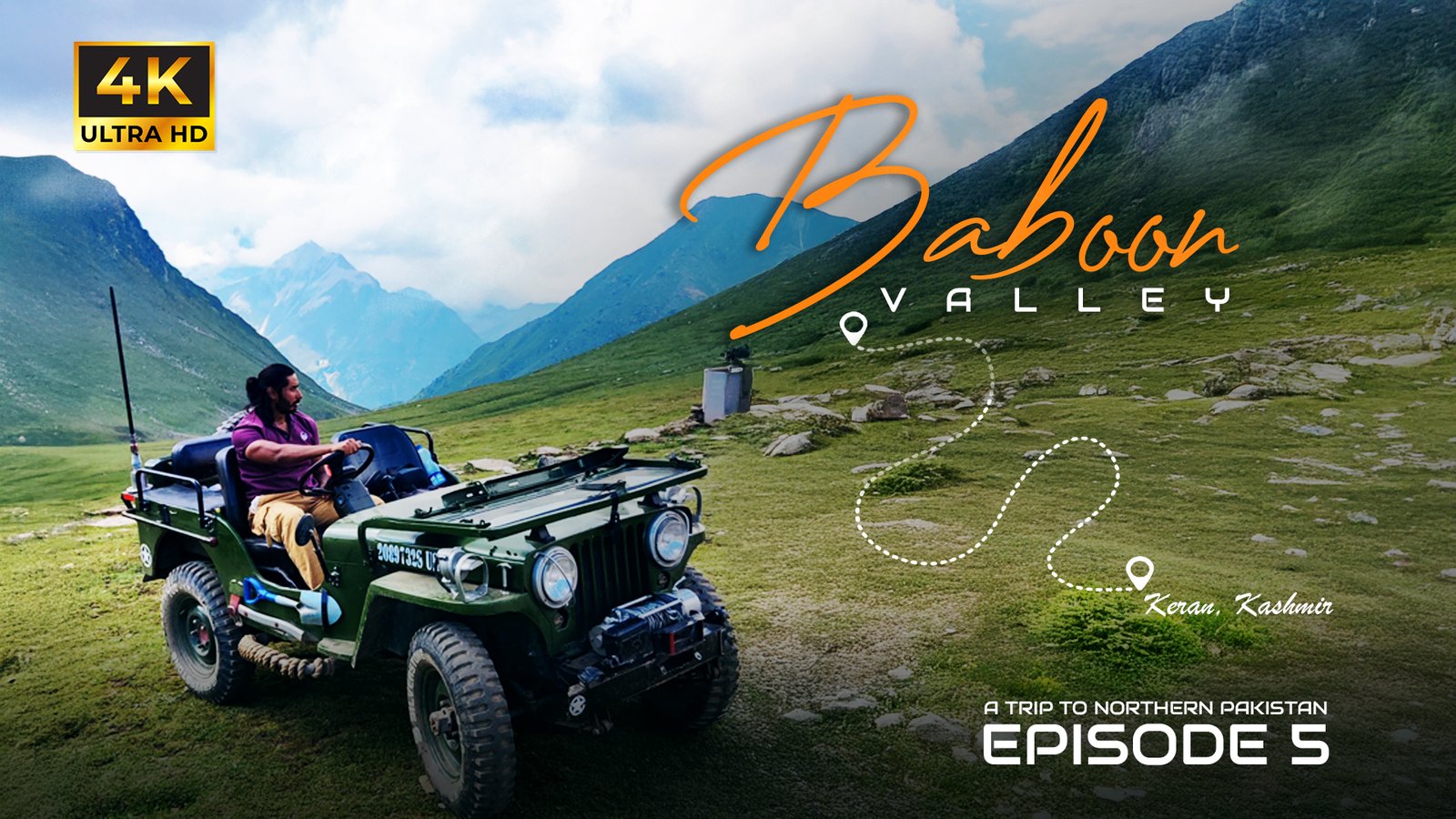Introduction
For nature lovers and outdoor explorers, Wind Cave National Park in South Dakota is a hidden gem that blends unique underground wonders with rich wildlife above ground. While many know the park for its intricate limestone caves, its expansive grasslands and rolling hills are equally captivating—especially for those hoping to experience unforgettable wildlife encounters.
In this guide, we’ll dive deep into what animals you can expect to see at Wind Cave National Park, the best times and places for wildlife viewing, tips for safe encounters, and why this park deserves a top spot on your travel list.
About Wind Cave National Park
Established in 1903, Wind Cave National Park is one of the oldest national parks in the United States. While its claim to fame is the Wind Cave system—one of the longest and most complex caves in the world—the park is equally celebrated for its prairie ecosystems and thriving animal populations.
- Location: Black Hills, South Dakota
- Size: Over 33,000 acres
- Highlights: Unique cave formations like boxwork, rolling prairies, and diverse wildlife habitats
This duality of underground marvels and surface-level biodiversity makes it one of the most unique national parks in the country.
Wildlife You’ll Encounter at Wind Cave National Park
One of the biggest draws of Wind Cave National Park is its incredible range of wildlife. Let’s take a closer look at the animals that roam the park’s grasslands and forests.
1. Bison
Bison are the icons of the park. With massive herds roaming freely, you’ll likely spot these majestic animals grazing in the grasslands. They symbolize the restoration of the Great Plains ecosystem.
2. Elk
Elk are another highlight. Early morning and late evening are the best times to catch sight of these graceful animals moving through meadows.
3. Prairie Dogs
The park is famous for its prairie dog towns. These energetic little creatures create vast underground colonies, and watching their playful behavior is a delight for visitors.
4. Pronghorn Antelope
Known as the fastest land mammal in North America, pronghorns are often seen sprinting across open fields. Their speed and elegance are breathtaking.
5. Coyotes
These adaptable predators are common sightings, often heard howling in the distance at night.
6. Birdlife
Over 100 bird species, including hawks, meadowlarks, and golden eagles, make Wind Cave National Park a haven for birdwatchers.
7. Smaller Mammals
Badgers, foxes, and porcupines also make their home here, adding variety to the park’s wildlife experience.
Best Times to See Wildlife at Wind Cave National Park
Timing is everything when it comes to wildlife viewing.
- Early Morning & Dusk: Animals are most active during these hours.
- Spring & Fall: Milder weather and seasonal migrations make these ideal times for diverse encounters.
- Winter: Great for spotting large mammals like bison and elk against snowy backdrops.
👉 Pro Tip: Bring binoculars for safe and enhanced viewing of distant animals.
Where to See Wildlife in Wind Cave National Park
If you’re hoping for the best wildlife encounters, here are the top spots inside the park:
- Prairie Dog Towns: Perfect for observing colonies of prairie dogs.
- Rankin Ridge Trail: Offers scenic views with opportunities to spot elk and pronghorns.
- Grasslands Drive: A great route for bison sightings.
- Mixed Grass Prairie: Ideal for birdwatching and spotting coyotes.
Wildlife Photography Tips
Photographers flock to Wind Cave National Park for its rich wildlife and sweeping landscapes. Here are some tips:
- Use a zoom lens to capture animals safely from a distance.
- Take advantage of golden hour for natural lighting.
- Be patient—sometimes the best shots require stillness and observation.
- Respect the animals’ space—avoid stressing or disturbing them.
Staying Safe During Wildlife Encounters
While wildlife encounters are thrilling, safety is paramount.
- Keep Your Distance: Stay at least 25 yards from most wildlife, and 100 yards from bison and elk.
- Never Feed Animals: Feeding disrupts their natural behavior and can be dangerous.
- Stay on Trails: Helps protect you and the environment.
- Travel in Groups: Especially if hiking early or late in the day.
- Carry Bear Spray (just in case): While rare, it’s good practice when exploring natural areas.
Other Attractions in Wind Cave National Park
While wildlife is the highlight, don’t miss the other wonders of the park:
- Wind Cave Tours: Explore boxwork and cave popcorn formations.
- Rankin Ridge Fire Tower: Offers panoramic views of the Black Hills.
- Scenic Drives: Wildlife Loop and nearby Custer State Park make for excellent day trips.
- Hiking Trails: Ranging from easy walks to backcountry adventures.
Tips for Planning Your Visit
- Entrance Fee: Unlike many parks, entry to Wind Cave National Park is free—though cave tours require a fee.
- Visitor Center: Start here for maps, ranger programs, and wildlife information.
- Best Gear to Bring: Binoculars, camera, layered clothing, and sturdy hiking boots.
- Nearby Lodging: While the park has no lodges, nearby towns like Hot Springs and Custer offer accommodations.
- Camping: Elk Mountain Campground provides a great spot for nature immersion.
FAQs About Wind Cave National Park
Q1: What is Wind Cave National Park known for?
It’s famous for its unique cave formations like boxwork and its thriving wildlife, including bison, elk, and prairie dogs.
Q2: Can you drive through Wind Cave National Park?
Yes, scenic drives offer excellent opportunities for wildlife viewing and photography.
Q3: Is Wind Cave National Park open year-round?
Yes, though cave tours and visitor services may vary seasonally.
Q4: Are pets allowed in Wind Cave National Park?
Pets are allowed in campgrounds, picnic areas, and roads but not on trails or in caves.
Q5: What wildlife is easiest to spot in the park?
Prairie dogs, bison, and pronghorns are commonly seen in open areas.
Conclusion
Wind Cave National Park is more than just an underground marvel—it’s a vibrant sanctuary for wildlife and a destination where travelers can connect with nature. From watching prairie dogs chatter to observing massive bison herds, every encounter here feels like a step into the untamed heart of the Great Plains.
For hikers, photographers, and adventure seekers, the park offers not just stunning landscapes but also unforgettable wildlife experiences. Whether you’re visiting for a day or staying longer, Wind Cave National Park promises encounters that will stay with you for a lifetime.


